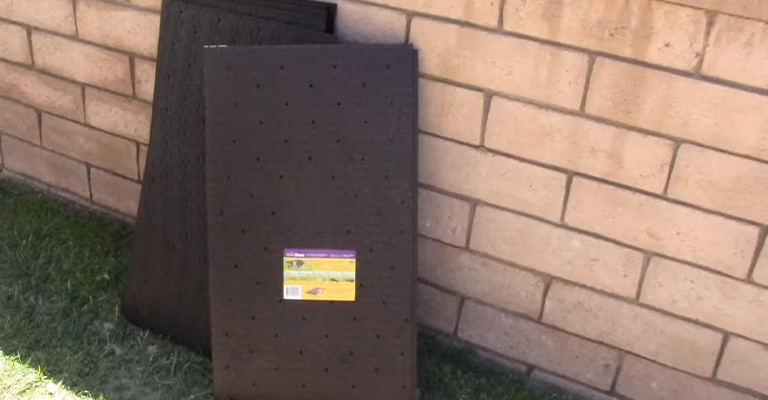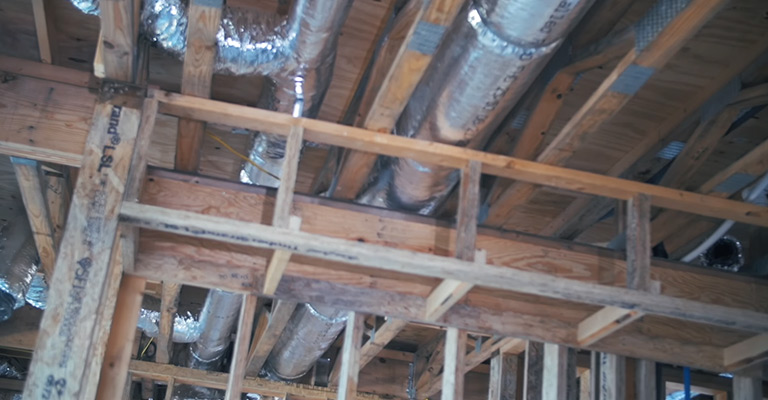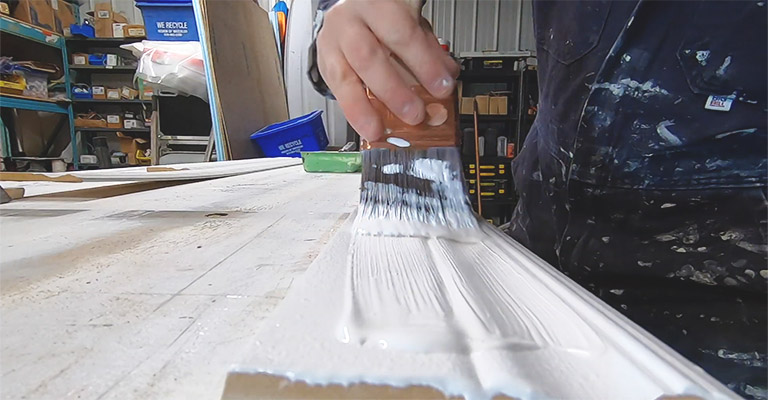Flooded Basement Pump: Essential Guide for Effective Solutions
In the face of an unexpected basement flooding, a flooded basement pump becomes an absolute lifesaver. Designed to rapidly remove water from your basement, these units play an essential role in minimizing water damage and keeping your home safe and dry. But what type of basement pump should you choose, and how can you utilize it effectively? This guide will delve into the answers to these pressing questions.
Understanding the Importance
A flooded basement can result in costly damage to both the structure of your home and your possessions. Beyond the financial impact, standing water can also lead to harmful mold growth, making your home unhealthy for you and your family. A flooded basement pump, also known as a sump pump, is a practical, cost-effective solution that is specially designed to handle basement flooding, offering rapid water extraction and helping you avoid the adverse effects of water damage.
Types of Basement Water Pumps
When it comes to dealing with a flooded basement, there are primarily two types of pumps you should consider: submersible pumps and pedestal pumps.
Submersible Pumps
As the name suggests, these pumps are designed to be fully submerged in water. They are typically installed in a sump pit dug at the lowest part of your basement. One of the main advantages of submersible pumps is that they are usually more powerful and can handle larger amounts of water, making them ideal for homes that frequently experience severe flooding.
Pedestal Pumps
These pumps are not designed to be submerged. Instead, the motor is mounted on a pedestal, and a pipe or hose extends into the sump pit to extract the water. Pedestal pumps are generally less expensive and easier to maintain, but they may not have the same capacity as submersible pumps.
Optimizing Your Home Flooding Solution
Choosing the right pump is just the first step. To optimize your flooded basement pump, there are a few additional factors you need to consider:
Automatic vs. Manual
An automatic pump is equipped with a float switch that turns on the pump when the water reaches a certain level. Manual pumps, on the other hand, must be turned on and off manually. An automatic pump can provide peace of mind, especially if your area is prone to heavy rains and flooding.
Backup Power Source
During severe weather conditions, power outages can occur, rendering an electric pump useless. Consider investing in a pump with a battery backup or even a water-powered backup system. This ensures your pump will continue to function even during a blackout, keeping your basement dry.
Maintenance
Regular maintenance is essential for prolonging the life of your pump and ensuring it functions optimally. Clean the sump pit, check the float switch and test the pump by pouring water into the pit periodically.
Basement Waterproofing
A sump pump is an excellent line of defense against flooding, but it shouldn’t be your only one. Combine the use of a pump with other basement waterproofing measures, like sealing cracks in the foundation, installing a good drainage system, and maintaining gutters and downspouts.
Selecting the Right Basement Pump for Your Home
When selecting a basement pump, there are several factors to consider. The size of your basement, the level of flooding your home typically experiences, and your budget all play a part in this decision.
Submersible Pumps
Submersible pumps are ideal for homes that experience regular, heavy flooding. These powerful pumps can remove large amounts of water quickly and efficiently, helping to reduce the overall impact of flooding. However, they are generally more expensive and may require professional installation due to the complexity of their setup.
Pedestal Pumps
If your home only experiences minor flooding or if budget is a concern, a pedestal pump could be the ideal choice. These pumps are generally less expensive and easier to install than their submersible counterparts. However, they have a lower capacity, meaning they might struggle with severe flooding.
The Importance of Regular Maintenance
Regardless of the type of flooded basement pump you choose, regular maintenance is crucial. Sump pumps work hard during flooding incidents, and this can cause wear and tear over time. Regular maintenance, such as cleaning the sump pit and checking the float switch, can help to extend the life of your pump.
Periodic testing of your pump is also important. This can be done by pouring a bucket of water into the sump pit and watching to see if the pump activates. If it doesn’t, it may require repair or replacement.
The Role of Basement Waterproofing
While a flooded basement pump is an effective tool in the battle against water damage, it is most effective when used as part of a comprehensive basement waterproofing strategy. This includes sealing any cracks in your home’s foundation, maintaining your gutters and downspouts to ensure they are directing water away from your home, and installing a good drainage system.
If you live in an area prone to heavy rainfall or flooding, it may be beneficial to consult with a professional waterproofing company. They can assess your home’s specific needs and recommend the best solutions to keep your basement dry.
Conclusion
Considering the likelihood of basement flooding, investing in a battery backup sump pump is a decision akin to maintaining your average hot water tank; it’s essential for the smooth operation of your home. A primary sump pump does an excellent job in keeping basements dry; however, should there be a pump failure, a battery backup system ensures continued operation, a fact echoed by the Federal Emergency Management Agency. Flooded basements can be a homeowner’s nightmare, but with a robust system in place to remove excess water, the situation becomes manageable.
Utilizing a submersible pump to pump water out can prove beneficial due to its high capacity, especially if the flooding is severe. But don’t forget to check the pump’s power cord regularly for any signs of wear or damage, as this can lead to pump failure. Additionally, a utility pump can come in handy as a portable solution for dealing with occasional flooding or water seepage.
Regardless of the pump you choose, remember to inspect the water supply line and discharge hose regularly. Regular maintenance will help ensure your sump pump system is ready to protect your basement when the need arises. In the world of flooded basements, prevention is key, and a well-maintained, reliable sump pump system can make all the difference.






